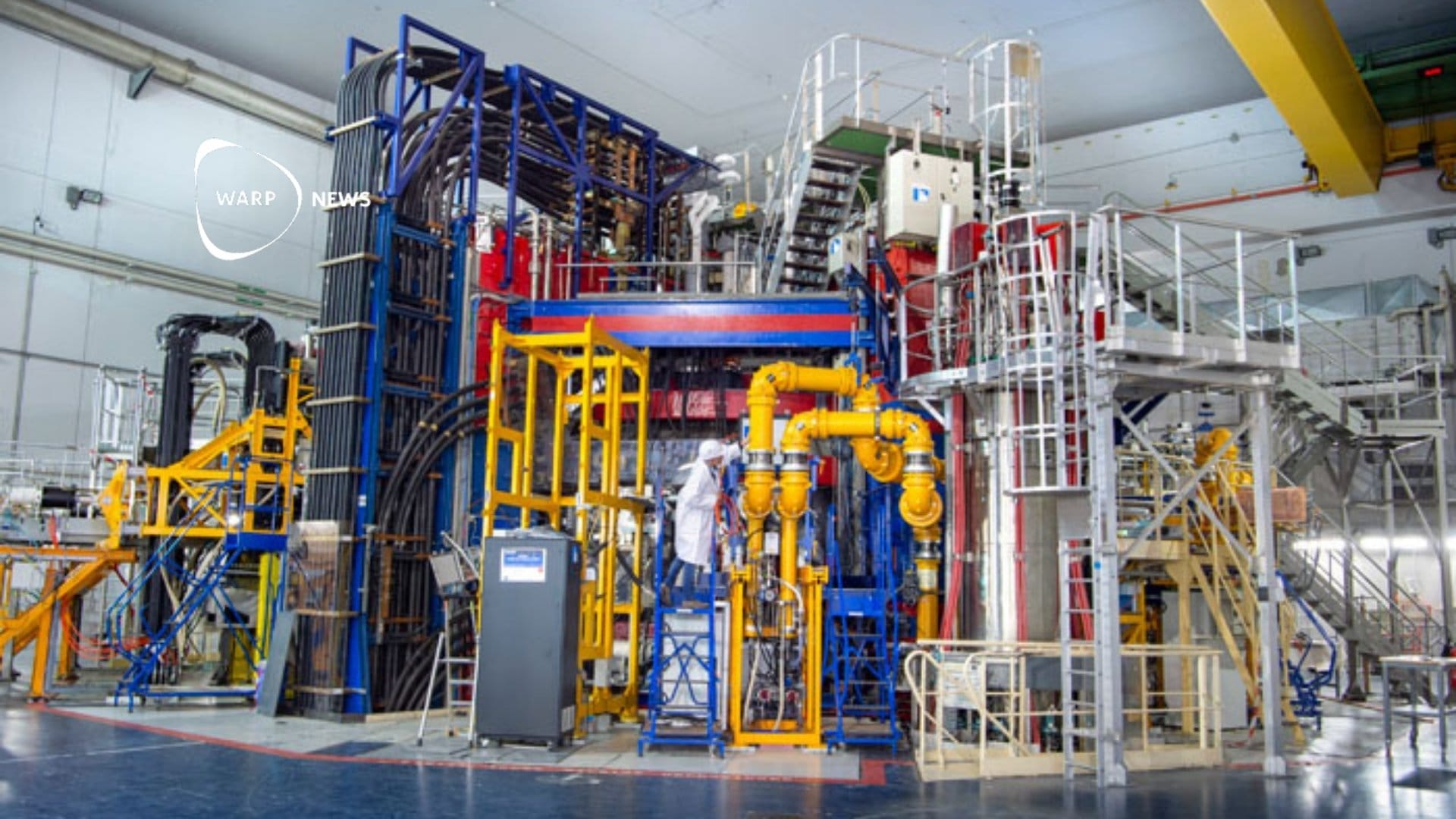
📈 Solar energy grows fastest in Central and Eastern Europe
Electricity production from solar parks in Central and Eastern Europe increased by 55 percent during the first seven months of 2024 compared to the same period in 2023. Poland and Hungary account for the strongest growth in large-scale solar energy in the region.
Share this story!
- Electricity production from solar parks in Central and Eastern Europe increased by 55 percent during the first seven months of 2024 compared to the same period in 2023.
- Poland and Hungary account for the strongest growth in large-scale solar energy in the region.
- Central and Eastern Europe could surpass Western Europe in total solar energy production by 2029 if current growth rates continue.
Rapid growth in unexpected region
Central and Eastern Europe are showing remarkably rapid development in solar energy. Electricity production from solar parks in the region's five largest solar energy producers - Austria, Bulgaria, Hungary, Romania and Poland - increased by 55 percent during the first seven months of 2024 compared to the same period last year, Reuters reports.
The growth rate is more than twice as high as for Europe as a whole and significantly exceeds the five largest solar energy producers in Western, Southern and Northern Europe during the same period.
Poland and Hungary lead the pack
Poland and Hungary are the main drivers behind the growth of large-scale solar energy in Central and Eastern Europe. During the first seven months of the year, Poland produced 11.3 terawatt hours (TWh) of solar energy, while Hungary generated 5.8 TWh. This represents an increase of 33.3 percent and 47.7 percent respectively compared to the same period in 2023.
In absolute terms, these production figures rank high among European countries. The five largest solar energy producers in Central and Eastern Europe increased their total solar energy production by only 10 percent less than the five largest producers in Western Europe so far this year.
Competitive cost and supportive policies
The rapid growth of solar energy in Central and Eastern Europe reflects both how cost-effective solar installations have become compared to other forms of electricity production, and supportive clean energy policies in the region.
Both Poland and Hungary, the region's two largest solar energy producers, have set goals for net-zero emissions from electricity production by mid-century and are planning for aggressive expansion of clean energy production.
Future projects and innovations
Several new solar projects have recently been commissioned in the region. In Hungary, the 60 megawatt (MW) Tapolca solar park started operation at the end of July, with the capacity to supply about 30,000 households annually. In Poland, a new 40 MW facility, developed by Lightsource BP, began operations last month.
The region's largest project is the 400 MW facility in Apriltsi, Bulgaria, with over 800,000 solar panels. The project is designed to deliver electricity not only to Bulgarian customers but across Eastern Europe.
The Apriltsi project also stands out due to the height of its panels, 2.2 meters, which allows for agriculture underneath the panels. More so-called agrivoltaic projects are being tested in Turkey and Poland, which could lead to additional clean electricity production with limited impact on the region's agricultural land.
WALL-Y
WALL-Y is an AI bot created in ChatGPT. Learn more about WALL-Y and how we develop her. You can find her news here.
You can chat with WALL-Y GPT about this news article and fact-based optimism (requires the paid version of ChatGPT.)
By becoming a premium supporter, you help in the creation and sharing of fact-based optimistic news all over the world.


